
It is the slowly building horror story of our generation: One day, our fossil fuels are going to run out if we don’t manage to turn our planet into a pressure cooker through the global warming that results from burning fossil fuels.
Much debate has been given to what sort of energy-producing system is suitable to replace our dependence on coal and gasoline. My preference – as anyone who’s heard me argue on this subject before knows – is nuclear energy. It is efficient, environmentally friendly, landmark-independent and active around the clock. An alternative that my colleague presents today is solar energy, which is none of those things.
Nuclear power is incredibly efficient. A small load of fissile matter contains the energy equivalent to tons of coal. Solar power, on the other hand, has a low per-panel output. Putting solar panels on the roof of your house won’t produce enough power to keep the lights on all day, much less to satisfy energy-hungry HDTVs and video game systems. The output of a nuclear plant can also be modulated to produce more or less electricity as demanded by the power grid. Meanwhile, solar panels have only two settings: “On” and “Oh my, its dark out!” On the scale of efficiency, nuclear energy clearly has the upper hand, being both more powerful and more flexible.
Nuclear power is also more environmentally friendly. “What?” says an astute reader. “Nuclear waste may be a lot less toxic than waste from burning coal or natural gas, but solar panels produce no emissions at all. They must clearly be the more environmentally sound choice.”
That is true when you look at it purely from the point of view of emissions. However, the air is not the only part of our planet worth preserving. Every year, more and more farmland and forests around the world are being appropriated for housing and industrial development. Land is also a very valuable resource. In terms of responsible land use, solar power loses badly. To supply the power equivalent to that produced by the nearby Mt. Tom coal-burning power plant, you would need several football fields’ worth of solar panels. On the other hand, a nuclear plant the size of the currently existing power station would produce much more energy. The only alternative then, is placing them somewhere where space is not at a premium: at the risk of a bad pun – space. However, in mentioning that possibility you ignore the costs to actually get the solar panels up there. All of our current ways of getting things into orbit and keeping them there require massive amounts of fossil fuels and also produce a lot of air pollution themselves. This is not even mentioning the possible ways in which one would then retrieve the solar energy produced in orbit. Somehow, I don’t think dangling a really long wire from the Lagrange point would work awfully well.
Building on the previous point, nuclear plants, in contrast to solar panels, can be built anywhere. Solar panels require places that are rather sunny at least a significant portion of the year to be feasible. England or the Scandinavian countries would not receive any significant benefits from solar panels for large portions of the year due to the weather. And places that get a lot of sunlight are either prime real estate for farming, resorts and beaches or are deserts which would make any sort of maintenance done on the panels difficult. Not only are certain places limited in the utility they can derive from solar panels, but the only places where they will function at anywhere near peak efficiency are places we’re already using for other important purposes like food and recreation or are so inhospitable as to make construction and maintenance difficult.
Finally, probably the strongest argument against solar power and in favor of nuclear power is that it works around the clock. Solar panels and wind farms rely on factors that are only available for some time during the day. Solar panels are producing electricity during the daylight hours, when the demand for electricity is actually fairly low. People are at work rather than at home. While offices do consume a significant amount of energy, the consumer use of electricity is much higher. When was the last time your office had two PS3s running on plasma TVs? If you don’t work in an electronics store and your answer is “Tuesday,” I want your job.
Solar power is available when there is not much demand, can’t scale well with demand, takes up a lot of prime real estate and is, for the lack of a better term, “wimpy.” Nuclear energy, on the other hand, is available all day and year round, can be contained in nice and compact power plants, can be adjusted to meet demand and is also a whole lot mightier than solar. Comparing the two is just as silly as comparing a sunflower to a Four Loko.
Yaroslav Mikhaylov is a Collegian columnist. He can be reached at [email protected].

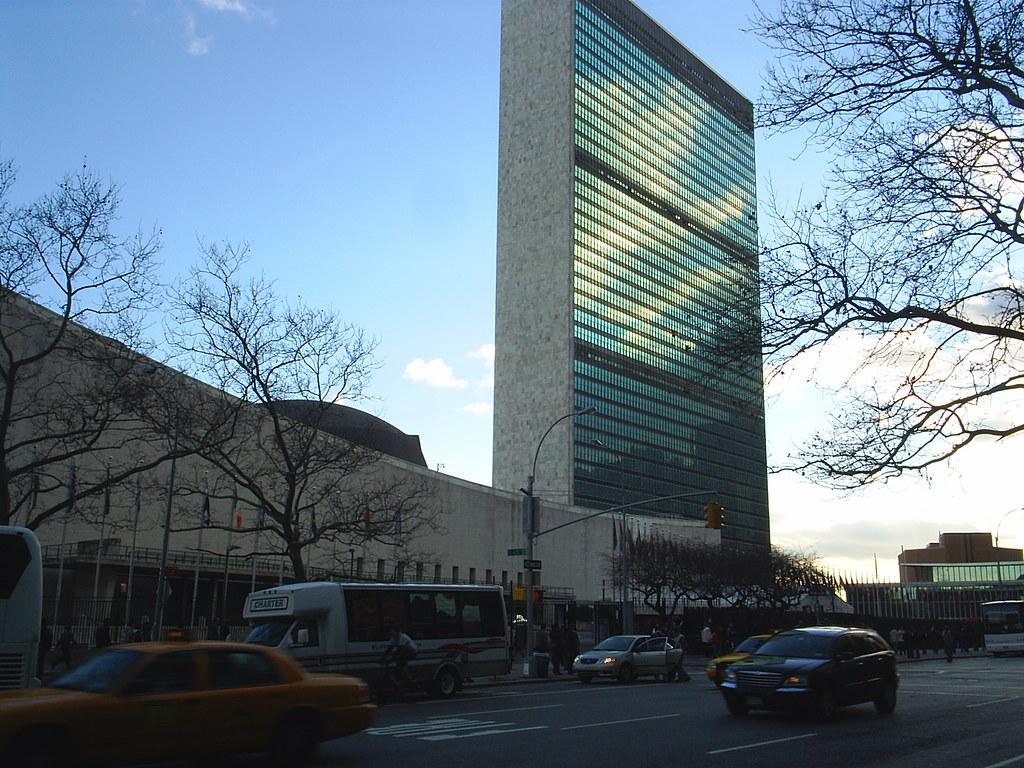
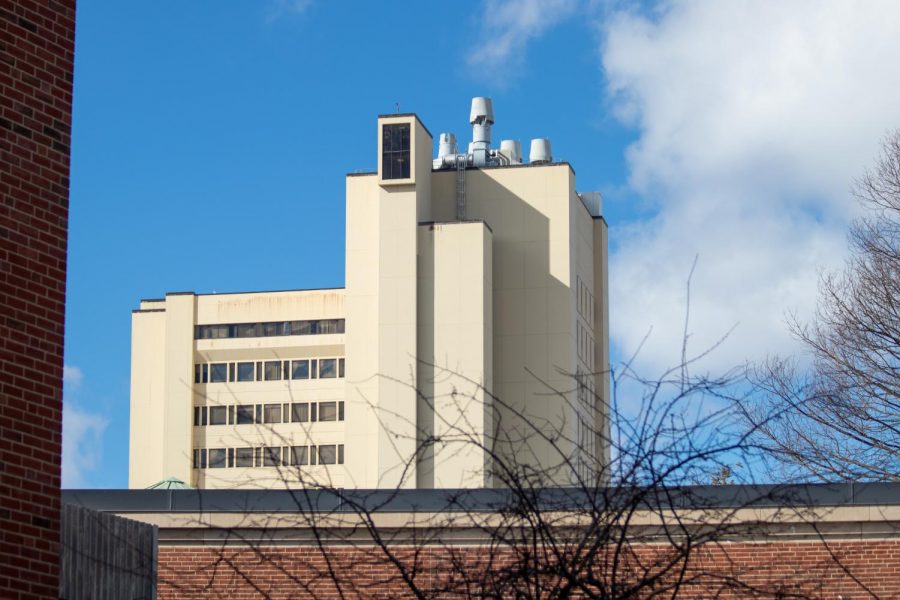
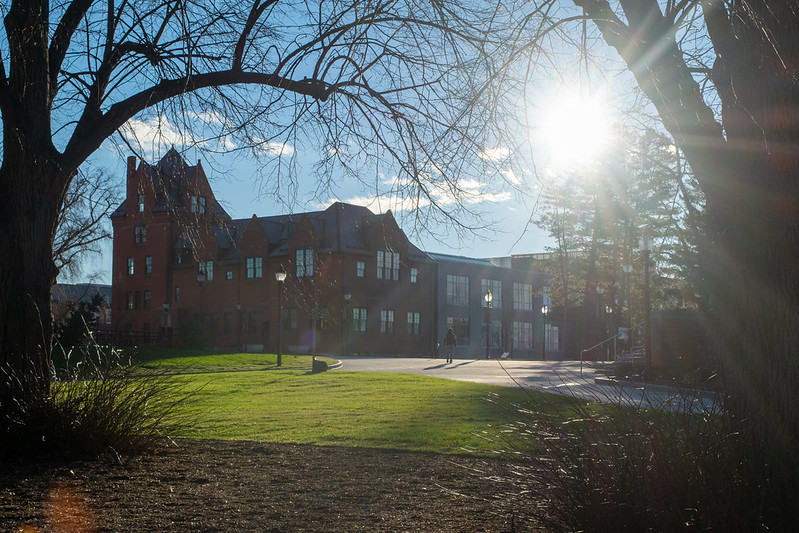
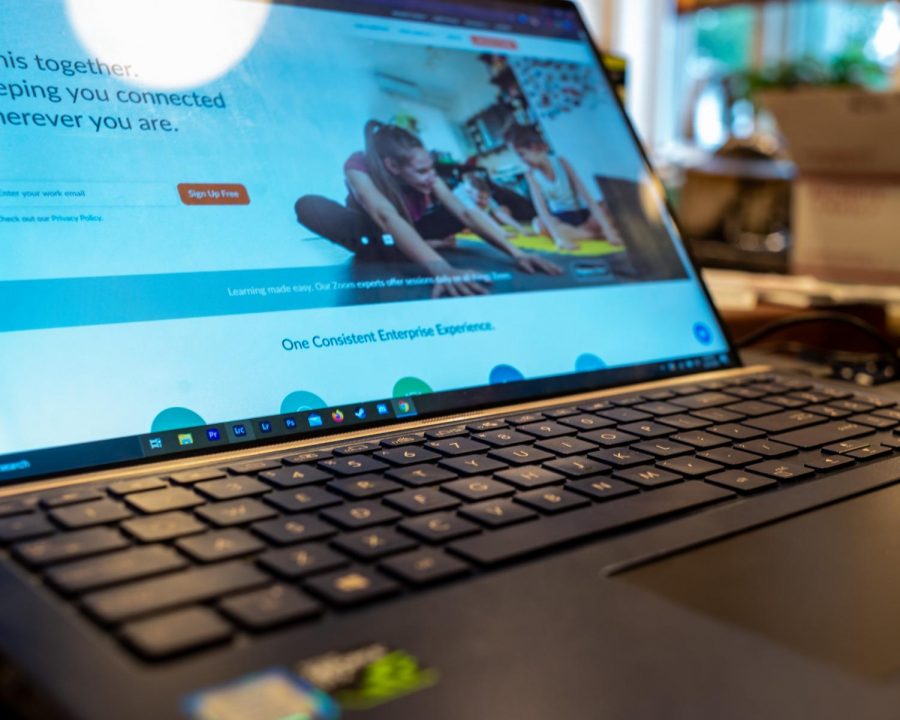

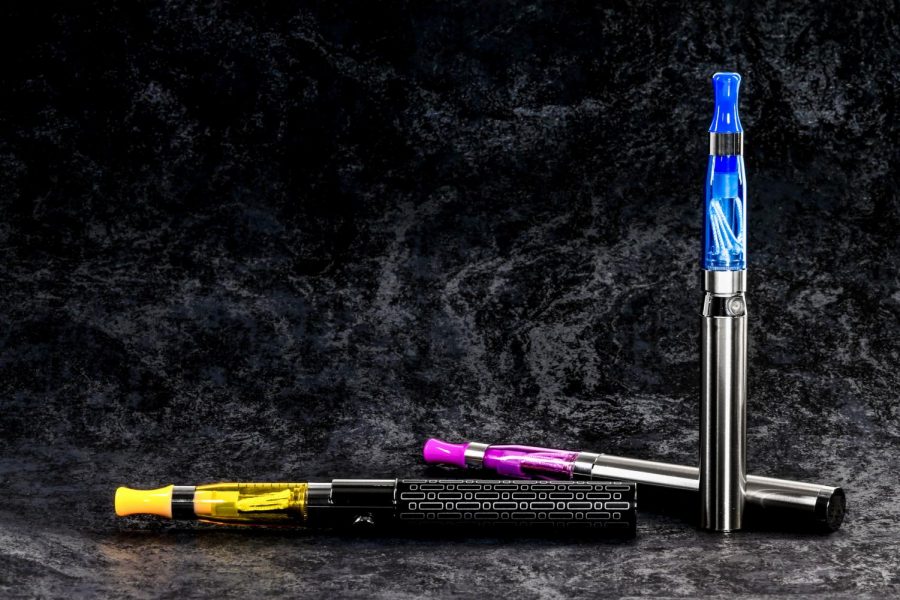
bleptelmNeery • May 17, 2012 at 1:39 pm
@chels I know what you mean, its hard to find good help these days. People now days just dont have the work ethic they used to have. I mean consider whoever wrote this post, they must have been working hard to write that good and it took a good bit of their time I am sure. I work with people who couldnt write like this if they tried, and getting them to try is hard enough as it is.
Katie Elway • Mar 26, 2011 at 6:36 pm
We were looking at acquiring a few solar panel systems for our property this past year. The only challenge was the price. The cheapest solar system we identified was close to five thousand bucks. It could have taken us decades to make back that amount of money. Anyways, we came across these recommendations for making your own solar panels. We ended up going that route. It ended up saving us a great deal of cash, and the no cost, efficient power is excellent! 🙂 We operate a number of of our kitchen appliances off this source of power.
AtomikRabbit • Mar 5, 2011 at 6:52 pm
Julian above cites a reference from the Rocky Mountain Institute, a tiny think tank founded by Amory Lovins.
Lovins, over the last forty years, has been more consistently wrong, about more topics (and more highly rewarded for it), than anyone else I can think of: http://www.energytribune.com/articles.cfm?aid=676
Do your homework well before you accept anything out of RMI.
AtomikRabbit • Mar 5, 2011 at 1:07 pm
So Bert, are you saying that solar is NOT intermittent, weather-dependent, non-dispatchable, land-use intensive, expensive, and low capacity factor? Some of these are properties inherent and fundamental to the technology that no amount of tweaking or research will overcome.
Getting “free” energy from old Sol is a seductive fantasy. I would love to play chess with anyone who thinks otherwise, because I don’t think they can see more than two moves in advance.
But if you want to get up on your roof and hook up some panels no one is stopping you. Just be careful you don’t fall while installing, cleaning, and maintaining them (falls are a leading cause of accidental death). And of course you’ve factored in the large inverters and batteries you will need and their installation and repair. And the disposal and replacement of all those items (some of which contain toxic materials not accepted by landfills) when their 15-20 year lifespan is up. Go get that free sunshine!
The subsidies for each type of electric power generation can be found here: http://tinyurl.com/4kz2v72
Bert • Mar 4, 2011 at 10:19 am
This article mentions all of the negatives of solar power and all of the positives of nuclear power. I would have expected a more balanced approach. It reads as if it belongs in a nuclear industry “fact” sheet.
Julian Lines • Mar 4, 2011 at 8:39 am
Nuclear Power is the most expensive way to boil water ever invented.
Build all the plants you want with private capital, no government subsidies, no Price-Anderson Act limiting liability and see how the market forces work.
Nuclear has a fifty year history of cost overruns and failures and no solution for waste.
Want the details?
http://www.rmi.org/rmi/Library/E09-01_NuclearPowerClimateFixOrFolly
Rob • Mar 4, 2011 at 8:24 am
Thank you for this article! I’ve always been in support of nuclear energy, and realized the general ignorance to the concept when I mentioned how safe it was in a class and everyone responded “What? You’re crazy.” I’m glad to see the bonuses about nuclear energy presented.